Soil Moisture Sensor
- Stevens - HydraProbe
- Moisture, Salinity and Temperature
- Analog (0-2.5V),SDI-12 or RS-485
- 25, 50 or 100 ft of cable
HydraProbe is a rugged soil sensor with patented technology that provides continual, consistent accuracy measuring the three most significant soil parameters simultaneously—moisture, salinity and temperature
As the most scientifically researched soil sensor available, it has been depended on by the USDA, NOAA, NASA, leading irrigation companies, and many universities for over 20 years. It’s been engineered to be exceptionally rugged and will provide data that you can trust year after year.
Patented Sensor Technology
HydraProbe uses unique “Coaxial Impedance Dielectric Reflectometry” to provide consistent long-term accuracy of moisture, bulk EC and temperature in any soil type. This also provides low inter-sensor variability, so every sensor measures the same without the need to calibrate.
Reliable
Continual, long-term data without calibration.
- Stable—no sensor drift, ensuring continual accuracy.
- Patented technology that accurately measures moisture and electrical conductivity permits more accurate optimization of watering and fertilization than with just moisture.
- Depended on by the USDA, NOAA, leading irrigation companies, and many universities for over 20 years. Used by NASA for ground truthing of satellite-based soil imaging.
- Soil moisture calibration has been rigorously peer-reviewed, making it one of the most trusted soil sensors available.
Rugged
Durable stainless steel tines, fully potted components, compact sealed design and a 5-year warranty.
- Can remain in-situ indefinitely, or relocated and redeployed without worry.
- Ideal for remote locations, harsh environments and applications where data is critical.
- Enables measurement of native (undisturbed) soil, even hard-packed clay.
- Industry-leading 5-year warranty.
Simple
Set it and forget it.
- Repeatable accuracy and stability without the need for calibration in most soils.
- Digital sensor using the SDI-12 protocol—no setup, just connect to data logger. Compatible with any SDI-12 capable data logger.
- Zero maintenance required.
Accurate
Consistent research-grade accuracy every season, every location.
- Unparalleled spatial and temporal measurement consistency. No sensor-to-sensor variations across locations, seasons, soil types or moisture range.
- Instant measurement of the 3 most significant soil parameters simultaneously—moisture, salinity and temperature.
- Unlike most TDR or capacitance-based sensors, HydraProbe is less sensitive to changes in temperature, salinity, and soil mineralogy.
HydraProbe to Go
The HydraProbe Field Portable puts the power of HydraProbe in the palm of your hand.
Take soil measurements anywhere, without the effort or expense of setting up a permanent soil monitoring system. Your smartphone communicates wirelessly with the HydraProbe using an ad-hoc wi-fi network created by the HydraProbe Field Portable.
Simply insert the probe into the soil, and tap on the “Sample” button in the app. The location of each measurement is recorded along with the soil measurement data. All data can be saved and emailed as a .CSV for analysis in Excel.
The Science Behind HydraProbe
HydraProbe is a “dielectric impedance”-based sensor developed by the physics department at Dartmouth College. Unlike capacitance or time domain based soil sensors, HydraProbe fully characterizes the dielectric spectrum using a radio frequency at 50 MHz.
Complex mathematical computations performed by an onboard microprocessor process the reflected signal measurements to accurately determine the soil’s dielectric permittivities, the key parameters behind the soil moisture and bulk EC measurement.
Low inner-sensor variability means there is no need for sensor-specific calibrations.
This method has passed the most rigorous scientific peer review from dozens of journals such as the Vadose Zone Journal, American Geophysical Union, and The Journal of Soil Science Society of America.
About EC (Electrical Conductivity / Salinity)
- The bulk EC (electrical conductivity) of the soil is correlated to the soil’s salinity because salts when mixed with water will conduct electricity. The bulk EC parameter is sometimes called “salinity”.
- Many nutrients are salts—a source of salinity. Nutrient accumulation, poor drainage and saline irrigation water can lead to the unwanted buildup of salinity in soil.
- High bulk EC can affect moisture readings and create errors with capacitance based moisture sensors. HydraProbe’s soil moisture measurement is less sensitive to salinity than other capacitance based probes.
- The soil bulk EC can change dramatically with water content and can be affected by the quality of the irrigation water, fertilization, drainage, and other natural processes.
- Compaction, clay content and organic matter, can influence moisture holding trends over time, also affecting bulk EC capacities in soil.
- The effect of bulk EC on the moisture availability to a plant’s roots is great. As salinity changes the water needs also change.
- A temperature corrected bulk EC parameter is available so the user can make comparison independent of soil temperature.
- Because HydraProbe also measures the dielectric permittivities, algorithms can be applied to approximate the EC of the soil pore water allowing for better soil salinity characterizations.
What's the Easiest and Quickest Way to Start Collecting Data and Access it Anywhere?
The Answer's in the Cloud.
eTracker is a cellular modem and "virtual" cloud-based data logger in one (meaning you don't need to install a separate data logger). Simply connect your sensor and a power source to eTracker and you're done. Configure (or reconfigure) anytime from any Internet-connected device, and use Stevens-Connect to retrieve your data, or forward it to your favorite software system.
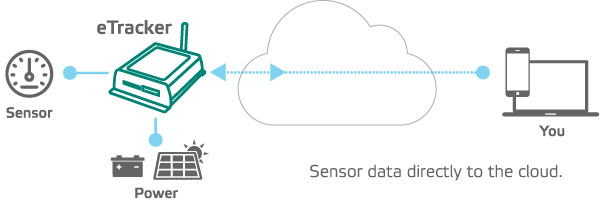
| ACCURACY | RANGE | RESOLUTION | |
| Real dielectric permittivity (isolated) | < ± 0.5% or ± 0.2 dielectric units | 1 to 80 where 1 = air, 80 = distilled water | 0.001 |
| Soil moisture for inorganic & mineral soil | ± 0.01 WFV for most soils ± 0.03 max for fine textured soils* | From completely dry to fully saturated (from 0% to 100% of saturation) | 0.001 |
| Bulk electrical conductivity | ± 2.0% or 0.02 S/m whichever is typically greater | 0 to 1.5 S/m | 0.001 |
| Temperature** | ± 0.3°C | -10°C to +60°C | 0.1°C |
| Inter-sensor variability | < ± 0.012 WFV (θ m3 m-3) | n/a | |
* Accuracy may vary with some soil textures.
** Extended temperature range sensor (down to -40° F / -40° C) available
| SDI-12 | SDI-12 | RS-485 |
| Power supply | 9-20 VDC | 9-20 VDC |
| Power consumption | <1 mA idle / 10 mA active for 2 seconds during duty cycle | <10 mA idle / 30 mA active |
| Cable | 3-wire: power, ground, data | 4-wire: power, ground, com+, com- |
| Max. cable length | 60 m (197 ft.) | 1,219 m (4,000 ft.) Non-spliced: 304.8 m (1,000 ft.) |
| Baud Rate | 1200 | 9600 |
| Communication protocol | SDI-12 Standard v. 1.2 | Custom or open spec |
| Addressing | Serial; allows multiple sensors to be connected to any RS485 or SDI-12 data logger via a single cable. | |
| Operating temperature range |
| |
| Storage temperature range | -40°C to +65°C | |
| Water resistance | Tolerates continuous full immersion | |
| Cable | 18 gauge (22 gauge for RS-485 and analog versions),UV resistant, direct burial | |
| Vibration and shock resistance | Excellent; potted components in PVC housing and 304 grade stainless steel tines | |
*** "Extended Temperature Range" version available, which can measure down to -40°F (-40°C) for research, cold-climate, high-altitude, arctic applications or any other measurement situation where there will be significant below-freezing ground temperatures.
| Length | 4.9” (124 mm) |
| Diameter | 1.6” (42 mm) Optional slim housing version available: 1.4" (35.8 mm) |
| Weight | 7 oz. (200 g) Optional slim housing version available: 6.5 oz. (184 g) |
| Cable weight | 0.86 oz/ft (80g/m) |
| Sensing volume (cylindrical region) | Length: 2.2” (5.7 cm) Diameter: 1.2” (3.0 cm) |
| 1 | Voltage 1 | |
| 2 | Voltage 2 | |
| 3 | Voltage 3 | |
| 4 | Voltage 4 | |
| 5 | Voltage 5 | |
| 6 | Soil Temperature in Celsius | |
| 7 | Soil Temperature in Fahrenheit | |
| 8 | Water fraction by volume | |
| 9 | Loss Tangent | |
| 10 | Soil Conductivity (temperature corrected) in Siemens / meter | |
| 11 | Real dialectric permittivity | |
| 12 | Real dielectric permittivity (temperature corrected) | |
| 13 | Imaginary dialectric permittivity | |
| 13 | Imaginary dialectric permittivity (temperature corrected) | |
| 15 | Soil conductivity in Seimens / meter | |
| 16 | Diode Temperature in Celsius | |
| 17 | Saved for future development | |
| 18 | ADC Reading 1 | |
| 19 | ADC Reading 2 | |
| 20 | ADC Reading 3 | |
| 21 | ADC Reading 4 | |
| 22 | ADC Reading 5 | |

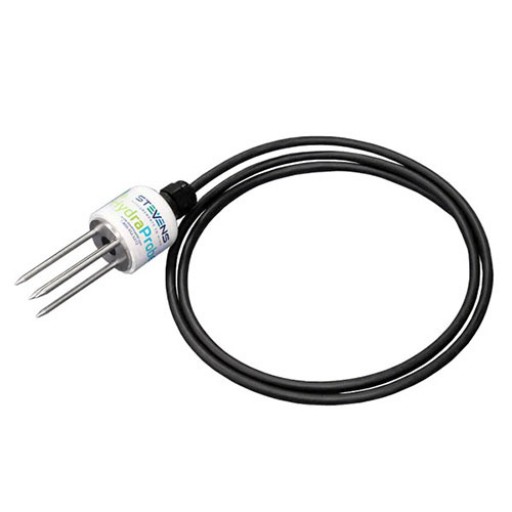

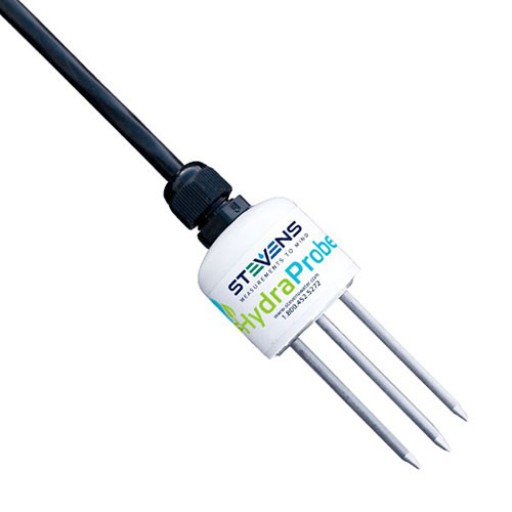
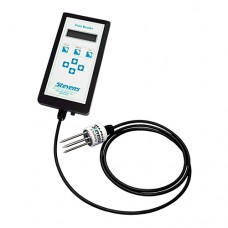
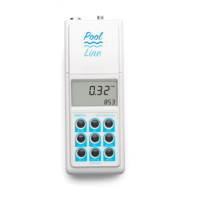


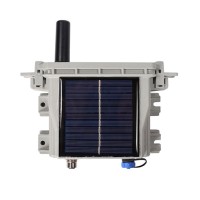

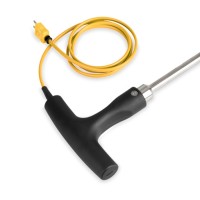
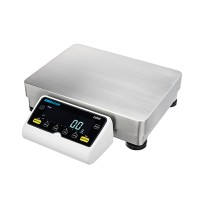



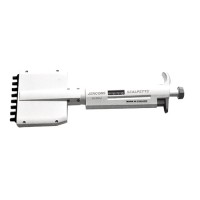
Can we help you?
min 10 ch